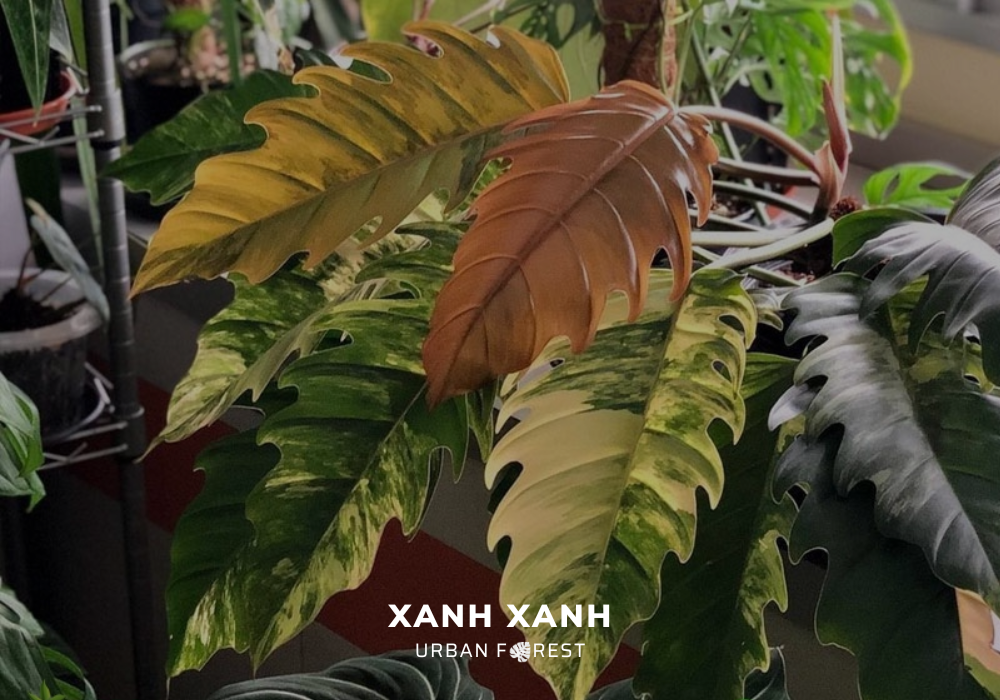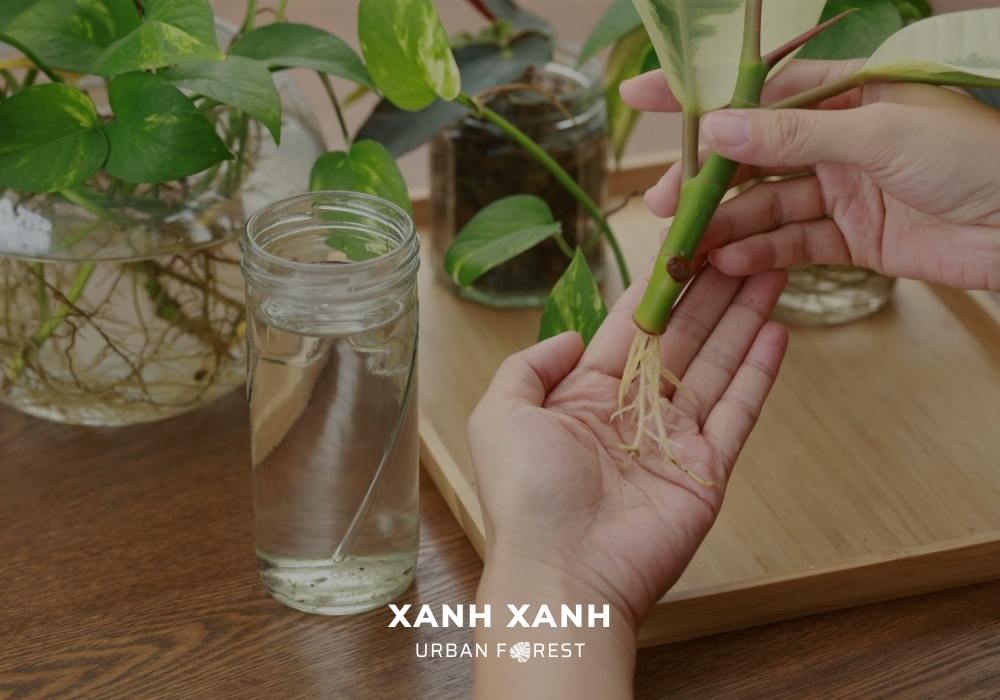Table of Contents
1. Introduction to Anthurium Clarinervium
- Common name: Velvet Anthurium, Bird of Paradise Anthurium
- Scientific name: Anthurium Clarinervium
- Family: Araceae
- Origin: As an epiphytic plant, Anthurium Clarinervium is a member of the Araceae family. Epiphytes are woody plants and other trees. The Anthurium genus is native to many remote tropical forests in southern Mexico. But what about Anthurium Clarinervium? It hails from the United States.
2. Plant Identification
With its unique foliage, the Anthurium Clarinervium truly stands out among houseplants. Large, heart-shaped leaves with a lush, velvety texture reminiscent of soft suede are characteristic of this plant. The leaves’ pronounced white veins, however, are their most remarkable characteristic. The striking visual impression is created by the exquisite contrast between the veins and the deep green hue of the leaves.
Read more: Top 10 Rare Houseplants To Invest In 2023

3. Plant Care
3.1. Light
This finicky and sensitive “velvet cardboard” beauty is quite selective and sensitive. Anthurium Clarinervium needs to avoid direct sunlight.
As a result, places near windows that let in direct sunshine are not recommended for these heart-shaped leaves. Plant stems and leaves can become burned by direct sunlight. Heat and sunlight both cause it great sensitivity.
Filtered UV sunlight is the most suitable choice. A great location to receive filtered sunlight is to place the beautiful “velvet cardboard” pot slightly near an early morning facing window.
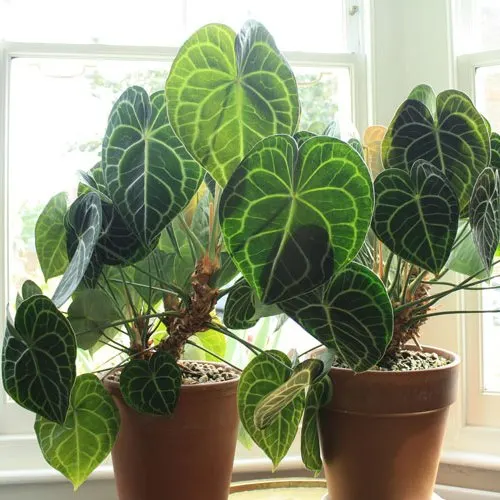
3.2. Water
Anthurium Clarinervium watering requirements are comparable to those of other houseplants. It’s imperative that the plant not be submerged or overwatered.
A problem known as overwatering can result in root rot, which eats away at the roots and finally kills the plant. As a result, ensuring that the potting mix has superior drainage qualities is crucial.
Conversely, underwatering robs the plant of the moisture required for photosynthesis.
Keep the potting mix of your Anthurium Clarinervium continuously wet during its growing season. Water the plant only once the top two inches of the soil appear to be dry.
3.3. Potting mix
Using the right potting mix for your Anthurium Clarinervium is extremely important, if not the most important thing in this care guide.
The plant has high requirements for potting mix. It is essential to have a well-draining, airy potting mix. “Velvet Cardboard Anthurium” needs to be ensured to drain quickly. The plant is very susceptible to root rot and deterioration in conditions of too much water and high humidity.
The ideal pH range for the potting mix is 5.5 to 6.5. For the plant, potting mix including mixed pine bark is the finest option. We also have our own perfect potting mix formula.

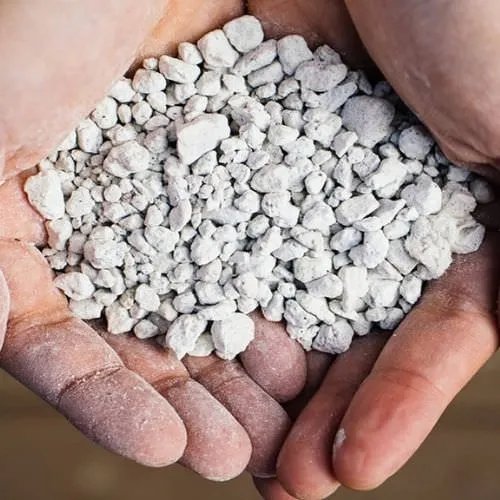

It only requires the combination of these three components. Perlite and sphagnum moss should be used in greater quantities than pine bark. A ratio of roughly 5 to 1 is ideal. Perlite helps the Anthurium Clarinervium potting mix hold on to some moisture by retaining water.
Last but not least, you should inspect the potting mix you selected for your Anthurium Clarinervium. Make sure the watering water is draining as fast as possible by watching how it passes through the plant pot and the potting mix.
3.4. Fertilizer
Most plants gain from a monthly fertilizer boost in the spring and summer. You only need to dilute a balanced liquid fertilizer to half its original strength. Utilize the fertilizer solution to provide your plant with nutrients when you water it. To prevent fertilizer buildup, make sure to rinse the pot with plain water after fertilizing.

3.5. Temperature
The seasons affect the ideal temperature for Anthurium Clarinervium. The ideal temperature range for the plant to grow in is 64°F (18°C) to 70°F (21°C). This is the ideal temperature range for rapid plant growth.
The plant can survive in hot weather up to 85°F (29°C). Besides, Anthurium Clarinervium can withstand lows of 54°F (12°C) during the winter. This is the minimum, otherwise the Anthurium Clarinervium will “freeze”.
3.6. Humidity
Anthurium Clarinervium needs a high relative humidity to be successful. It develops optimally at 80% humidity, and it favors humidity levels over 60%. Increased growth and glossier, more noticeable veins in the leaves are produced by this high humidity level.
To improve the humidity around your plant, use these techniques: Turning on a humidifier is the simplest way. Follow the setup and maintenance instructions provided by the manufacturer when selecting a humidifier, and make sure it is the right size for your plant.
Use a pebble tray as a less expensive solution. Be sure the water in a tray does not completely immerse the pebbles as you fill it with it. Scatter the pebbles onto your Anthurium Clarinervium pot. Set your pot of Anthurium Clarinervium atop the pebbles. Around the plant, humidity will be produced when the water vapor evaporates.
4. Common Problems
Though largely resistant to pests and diseases, Anthurium clarinervium can have a few frequent issues.
- Overwatering: Anthurium clarinervium most frequently causes problems like these. Remaining the plant in wet soil for an extended period of time can cause the roots to rot. Monitor soil moisture levels frequently and water only when the top inch of soil is dry to prevent overwatering.
- Underwatering: The Clarinervium may have issues with underwatering as well, however overwatering is more frequent. Should the plant not receive enough water, the leaves may droop and wilt. When the plant does require irrigation, give it a thorough mist and let the extra water run out of the container. This will help to prevent underwatering.
- Pests: Although the Clarinervium is not very pest-sensitive, mealybugs and spider mites can nevertheless have an impact on it. If pests are visible on your plant, keep it separate from other plants and treat it with neem oil or insecticidal soap.
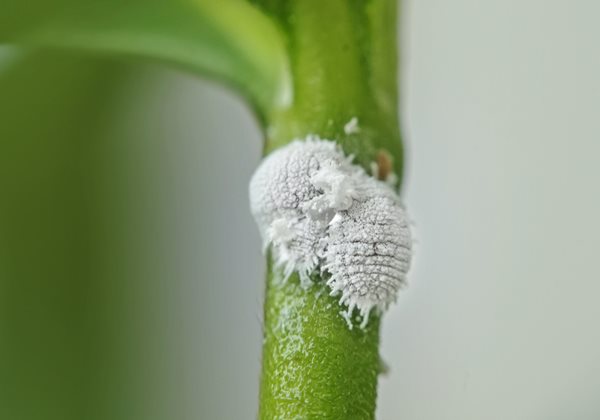
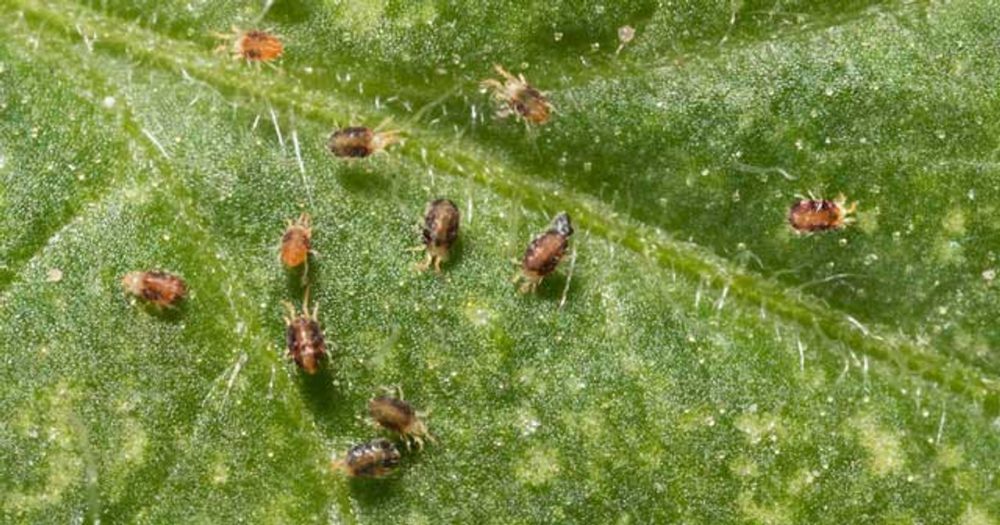
While it can still be vulnerable to fungal diseases like leaf spot, Anthurium Clarinervium is also comparatively resistant to disease. Fungi that love wet environments are the source of leaf spot.
The following techniques can be used to cure pests or illnesses that you find on your plant:
- Pests: If you find mealybugs or spider mites on your plant, you can treat them with insecticidal soap or neem oil. Be sure to follow the instructions on the product label carefully.
- Diseases: If you notice signs of leaf spot, you can treat the plant with a fungicide. Be sure to follow the instructions on the product label carefully.
5. Final thought
The Anthurium Clarinervium is a gorgeous low-maintenance plant that can bring a tropical charm to any space. You may help your plant grow and thrive for years to come by following the advice in this article.
Xanh Xanh Urban Forest hopes that you found this blog article to be useful and educational. Please use the following to contact us with any questions:





